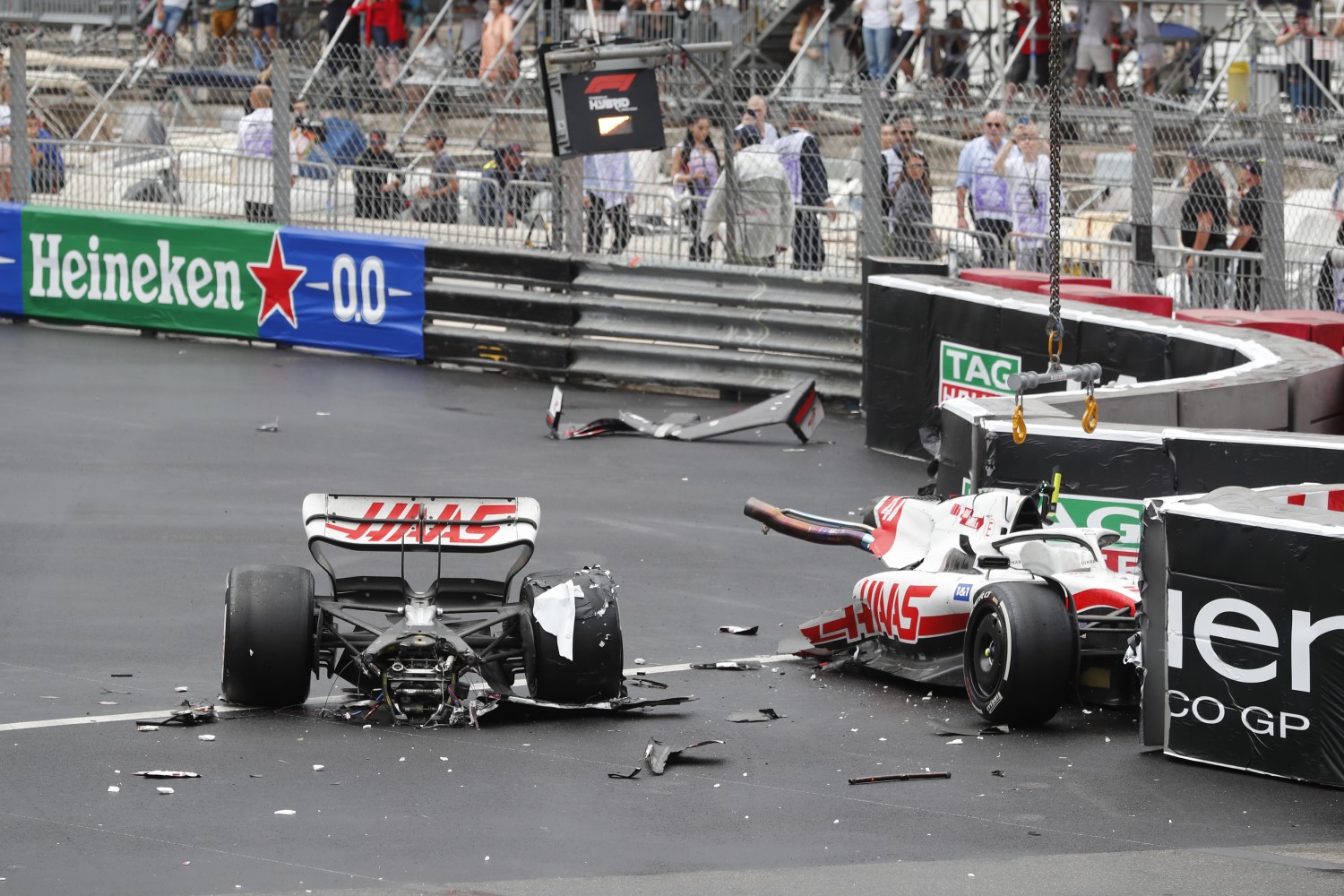F1: Weight making F1 cars split in two – Alonso
(GMM) The full impact of the ever-heavier Formula 1 cars was laid bare with Mick Schumacher’s frightening crash at Monaco.
That is the view of Fernando Alonso, who since making his debut way back in 2001 has seen the overall weight of F1 cars increase from 600 to today’s almost 800kg.
“The accident we saw was very serious,” said the Spaniard. “It was almost like Jeddah again, where Mick’s car was also split into two halves. The gearbox was separated from the chassis, as it was again in Monaco.
“Luckily he was alright but I hope Formula 1 and the FIA will draw the right conclusions.”
Indeed, 40-year-old Alonso thinks the fact the car couldn’t withstand the crashes is a sign not necessarily of a design flaw or the speed, but simply because today’s cars weigh so much.
“It seems to me that the car didn’t split into two because something was wrong with it. The problem isn’t the cars themselves, but their weight,” the Alpine driver and former two-time world champion added.
“They are very heavy, currently more than 800 kilograms, so the inertia when they hit the wall is much higher than before. Perhaps this experience will teach us something,” said Alonso.
However, Alonso is wrong. IndyCars weigh 800kgs (car plus driver, not including fuel), and they do not split in half when crashing into barriers on a street circuit.
Issue is absolutely a design flaw with the car or the Tecno Barrier he hit that snagged the car adding undue stress to the engine to chassis mount.
